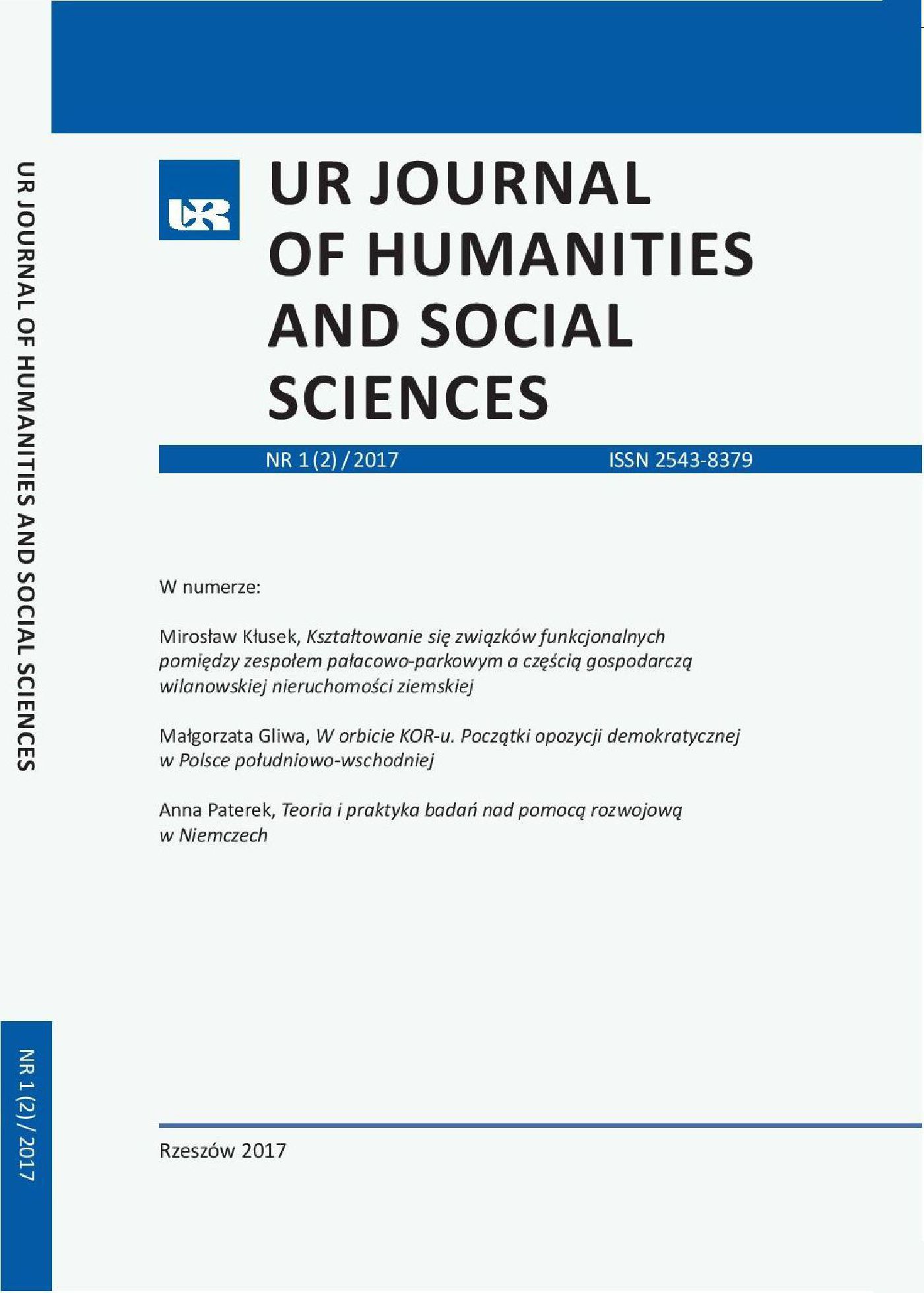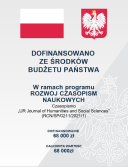Lokalna telewizja internetowa jako medium wspomagające funkcjonowanie społeczeństwa obywatelskiego w małych ojczyznach
DOI:
https://doi.org/10.15584/johass.2017.1.8Słowa kluczowe:
lokalna telewizja internetowa, media lokalne, konwergencja, społeczeństwo obywatelskie, hybryda gatunkowa, posttelewizjaAbstrakt
Lokalne telewizje internetowe nie tylko wzbogaciły polski krajobraz medialny, ale stały się szansą dla małych społeczności na szerszy i ciekawszy dostęp do informacji. Mimo że od pojawienia się pierwszych lokalnych telewizji internetowych minęła dekada, zjawisko to niezmiernie trudno ująć w sztywne ramy teoretyczne. Różniące się od siebie pod względem formatu, częstości pojawiania się czy też rodzaju własności i kanału dystrybucji lokalne telewizje internetowe są tym bardziej interesującym obiektem badań, szczególnie gdy jako perspektywę wybierzemy aspekt społeczeństwa obywatelskiego, a konkretnie rolę, jaką w tym względzie pełnią lokalne telewizje internetowe. W kontekście konwergencji, a więc współistnienia nowych i starych mediów lokalną telewizję internetową należy rozpatrywać w kategoriach hybrydy gatunkowej. Dla badań nad konwergentnym medium, jakim jest lokalna telewizja internetowa, istotna jest również zmiana praktyk odbiorczych, która przejawia się w sposobie konsumowania treści przekazywanych za pośrednictwem nie tylko mediów ogólnopolskich, lecz także mediów lokalnych. Odbiorcy, przyzwyczajeni do bogactwa treści i formy popularnych serwisów, takiej samej jakości zaczęli domagać się od wydawców lokalnych. Zdominowany przez prasę drukowaną rynek lokalnych mediów musiał na tę potrzebę odpowiedzieć. Stąd też można przypuszczać, że redakcje lokalnych mediów decydują się na tworzenie zawartości multimedialnych, aby wzbogacić swoją ofertę. Jednocześnie przygotowywane materiały wideo pobudzają dyskusję na ważne społecznie tematy, co z kolei ma znaczenie w kontekście społeczeństwa obywatelskiego na poziomie lokalnym.
Downloads
Pobrania
Opublikowane
Jak cytować
Numer
Dział
Licencja
Prawa autorskie (c) 2017 Wydawnictwo Uniwersytetu Rzeszowskiego

Utwór dostępny jest na licencji Creative Commons Uznanie autorstwa – Użycie niekomercyjne 4.0 Międzynarodowe.



